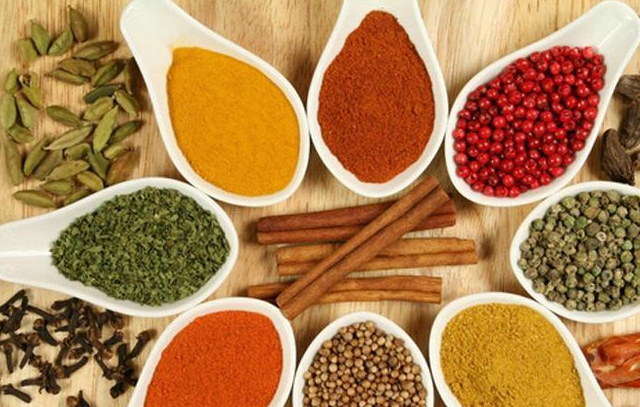In our daily lives, we refer to rice flour as fine grains and corn, wheat, millet, buckwheat, and potatoes as coarse grains.
Coarse grains are deeply loved by us due to their rich dietary fiber and trace elements content, but what are the benefits of eating coarse grains?
First: Ensure balanced nutrition
Coarse grains are rich in nutrients, with a comprehensive and balanced nutrient composition, containing a high proportion of protein and amino acids. Their nutritional effects far exceed refined rice and white flour, especially as the best complementary food for children and the elderly, playing a role in “nutritional complementarity.”
Second: Anti-cancer and anti-stress
Coarse grains have high levels of trace elements, providing us with abundant iron, calcium, phosphorus, selenium, zinc, etc. These trace elements are scarce in refined white flour, especially magnesium, which is extremely rich in sweet potatoes, with good effects in fighting cancer and lowering blood pressure.
Third: Reduce food intake
Compared to other foods, coarse grains have a large volume and low calorie content. They stay longer in our digestive system, creating a sense of fullness, making them the ideal staple food for diabetics, hypertension, and weight loss.
Fourth: Resist aging
Coarse grains have high levels of vitamins such as vitamin E, vitamin B, and carotene, which help our body eliminate oxygen free radicals, activate enzyme activity, improve the body’s internal balance, and have a positive anti-aging effect.


